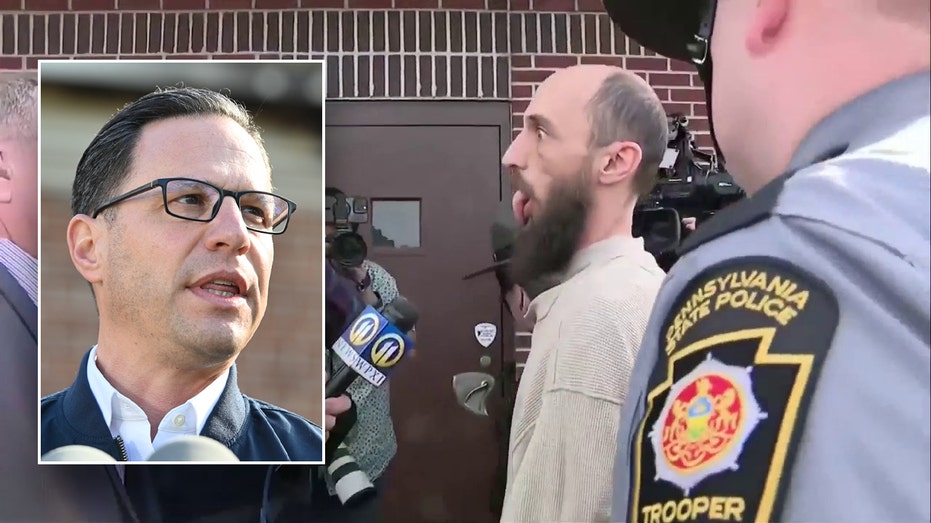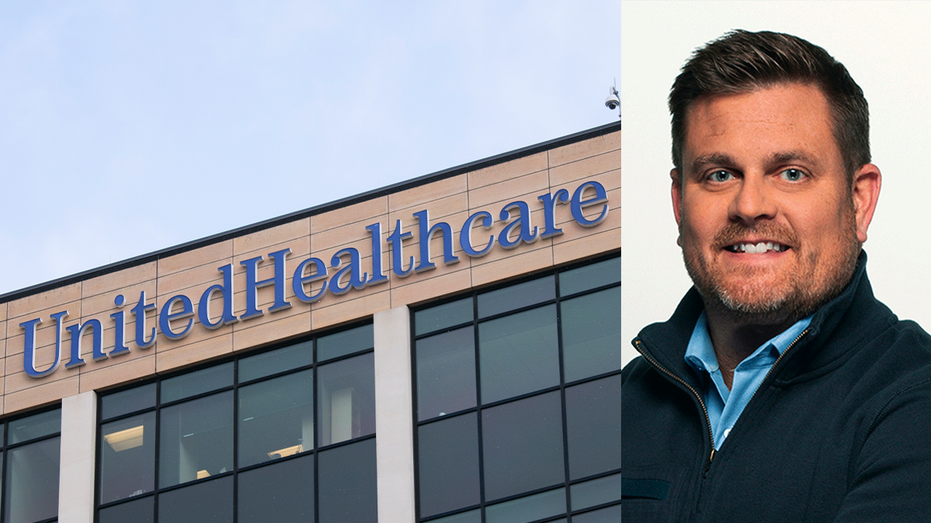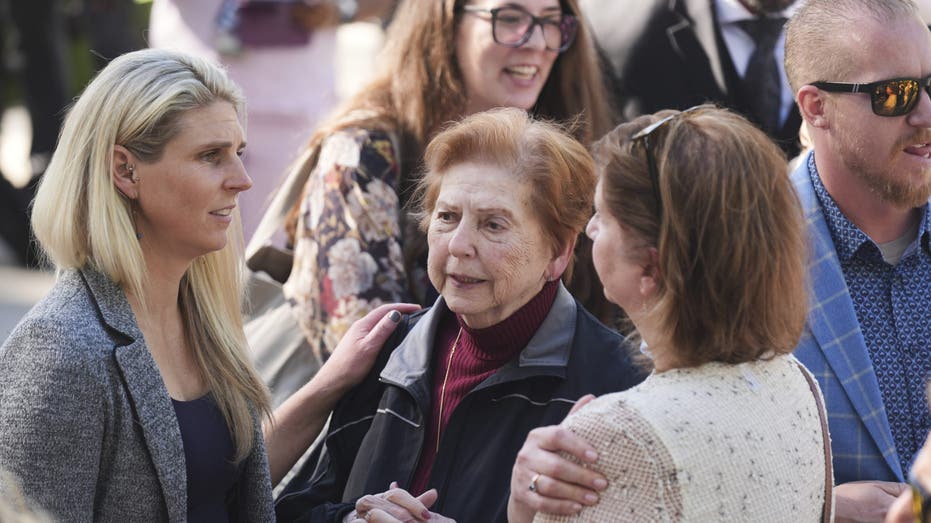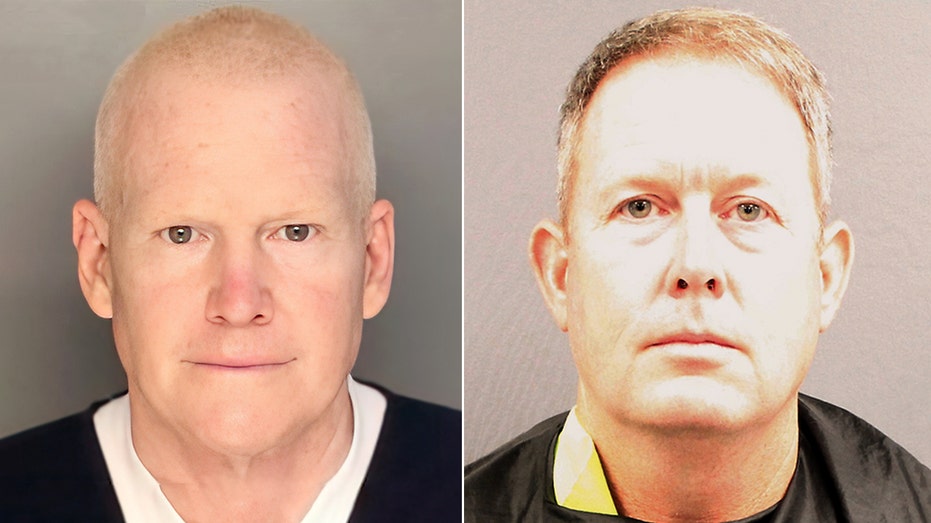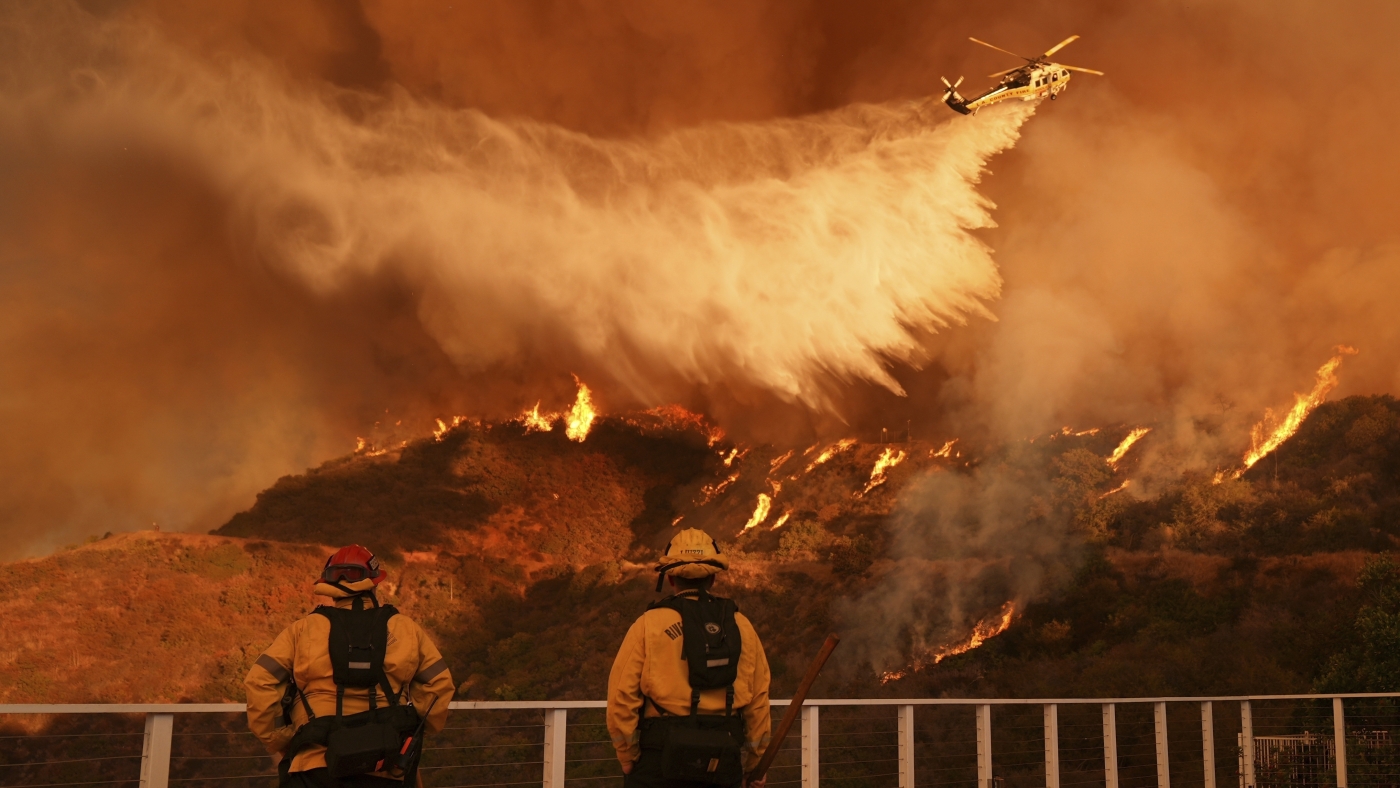The Pitt Is About More Than Medicine. It’s About America in Crisis
Max's hit medical drama isn't just a comforting throwback. It's a metaphor for a broken society—and a fantasy about who might fix it


In Thursday’s Season 1 finale of the Max medical drama The Pitt, as the emergency room returns to its normal state of semi-controlled chaos after receiving over 100 victims of a mass shooting, staffers keep telling each other to go home already. But most linger. Everyone is, of course, exhausted. The day shift has been working for 15 hours. A resident tells an intern she’s running on adrenaline and bound to crash. “This job can’t be your life,” one doctor says to another. Yet the waiting room, which was cleared while the ER treated PittFest casualties, is already full of people in dire need of medical attention. As much as these doctors and nurses have earned a good night’s rest, they’re also painfully aware that their work will never be done. [time-brightcove not-tgx=”true”]
It’s a fitting denouement to a season that followed a single extended shift in near-real time, covering one hour per episode. The climactic, all-hands effort to save lives as ambulances delivered stretcher after stretcher of critically wounded festivalgoers dominated the previous three episodes. But The Pitt is really about the daily challenges facing the overburdened, underresourced department charged with healing the most urgent ills of a broken society—challenges that are, no matter how hard the staff pushes itself, ultimately insurmountable. “Running the ER is a Sisyphean task,” Noah Wyle’s attending physician, Michael “Dr. Robby” Rabinovich, tells a colleague sometime before the PittFest deluge. Then, wryly quoting Camus’ “The Myth of Sisyphus,” he adds: “One must imagine Sisyphus happy.”

A bona fide hit for Max—which the platform has said is adding viewers every week, as Nielsen reports put it very close to the streaming top 10—The Pitt initially drew viewers with the promise of an ER reunion. One of that iconic ’90s drama’s biggest stars, Wyle wasn’t just heading back to the hospital; he’d also re-teamed with ER producers John Wells and R. Scott Gemmill, the latter of whom conceived The Pitt. (Indeed, the ER vibes were strong enough to yield a still-ongoing lawsuit from the estate of that show’s creator, Michael Crichton.) Once the season got going, fans and critics praised it as a comforting throwback to not just one particular series, but also the late-20th-century heyday of the network-procedural genre. What a pleasure to see competent, caring professionals fix life-or-death problems within the span of a streaming show that was released weekly and usually ran a compact, 45ish-minute broadcast television hour.
I have no doubt that The Pitt scratched an itch for people who love to wind down by watching doctors banter their way through the performance of miracles. That’s never been my preferred brand of comfort viewing, though. (Nor does the old-school doctor-show formula necessarily yield great results, as Netflix’s atrocious new Grey’s Anatomy rip-off, Pulse, so unwatchably demonstrates.) Yet I am as hooked on The Pitt—as exhilarated by each tense and humane episode—as any ER junkie.

It doesn’t always transcend the limitations of its genre. While most of the acting is wonderful (Wyle is predictably great, but so is just about all of the main cast), some patient-of-the-week players err towards distracting histrionics. It doesn’t help that they tend to be broadly sketched; a senior hippie wheeled in from PittFest looks like he’s wearing a Spirit Halloween costume. Characters give too many righteous speeches that put too fine a point on issues and ideas that have already emerged organically within the context of the storylines.
What appealed to me, in the beginning, as someone with family members who worked in public health, was the show’s perceptive depiction of a health care system in crisis. As The New Republic’s Phillip Maciak wrote, in a review that described its mix of timely themes and retro comforts: “ER was a workplace romance; The Pitt is a workplace catastrophe.” Real emergency physicians, some of them based in Pittsburgh, who consulted on medical details also contributed to storylines. Which helps to explain why The Pitt has been so heartily embraced by people who actually work in the field. EM:RAP, an organization devoted to educating emergency medical professionals, called it “a must-watch” for that community. “There are moments when I literally feel like I’m watching a shift at work,” one ER doctor told the New York Times. “Sometimes I have to turn it off and put on Lost or something else completely different.”

As in another recent ER-set series, the NBC sitcom St. Denis Medical—but without constant tension-relieving jokes—real systemic issues that might be invisible to most viewers come to the fore in The Pitt. We hear about the ongoing shortage of nurses. And we understand, viscerally, why it’s so hard to attract people to this vital but thankless, underpaid profession when a man who feels he’s been waiting too long for care punches a veteran nurse (Katherine LaNasa’s Dana). While Robby struggles to direct difficult emergency surgeries, orient new interns, and repress his grief on the anniversary of his mentor’s death during the darkest days of the pandemic, an administrator (Michael Hyatt’s Gloria) keeps bustling in to pester him about the Pitt’s low patient-satisfaction scores. He counters by pointing out that the ER is picking up the slack for the whole hospital, boarding patients who have already waited up to 12 hours to be admitted as beds lie empty in wards that suits like Gloria deem too expensive to fully staff.
By the third or fourth episode, it occurred to me that The Pitt wasn’t just capturing the hardships of public health. Robby and his staff are often the last hope for people experiencing emergencies that only tangentially overlap with their physical wellbeing. By the time many patients make it to this ER, they’ve fallen through hole after hole in multiple layers of social safety net; they’ll splatter on the pavement if the Pitt can’t help them. Hungry people come in for a sandwich. Nursing homes that are themselves understaffed dump residents for whom the hospital can do nothing. A woman with a UTI, accompanied by a suspiciously protective boss who shows no regard for her privacy, sets off alarm bells for sex trafficking. A mom doses herself with ipecac just to get her sullen teenage son, who made a list of girls to “eliminate,” to a hospital, where a psychiatric intervention might be possible. Then the mass shooting happens.
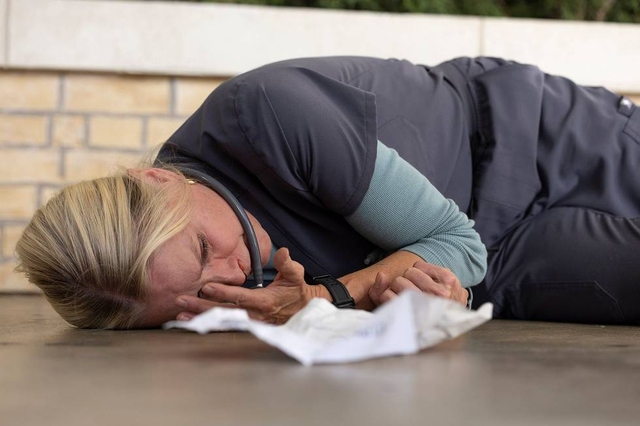
On an individual basis, some of these plots come across as didactic. As slammed as urban trauma centers are, it’s doubtful that so many patients whose afflictions slot neatly into politically relevant storylines would end up there in a single day. But such nitpicking seems shortsighted when The Pitt works so well as a macro-scale metaphor for the America we’re living in right now. We have so many emergencies that the public square has become a sort of ER waiting room—one of few places where people from just about every echelon of society are thrown together—full of conflict, rage, and suffering, governed by administrator types who always seem to either actively exacerbate the situation or retreat to their private offices and tune it all out.
The fantasy of The Pitt, what makes it comforting on balance even when patients die or doctors mess up or family members stubbornly reject staffers’ expertise—all regular occurrences in the show—is that, eventually, these people in desperate straits do get past the waiting room. When that happens, the professionals they encounter are caring, helpful, sharp, primed to listen, earnestly committed to solving their problems and easing their pain. And these heroes, slightly idealized but by no means infallible versions of the ones who exist in real hospitals, keep showing up, shift after endless shift, to keep pushing that rock up the hill. To perform necessary services that aren’t in their job description. To make dozens of good choices but bear the psychological burdens of the ones that don’t work out. To save 106 out of 112 shooting victims. As Robby reminds his colleagues just before he finally heads home for the night: “Tomorrow’s another day.”
